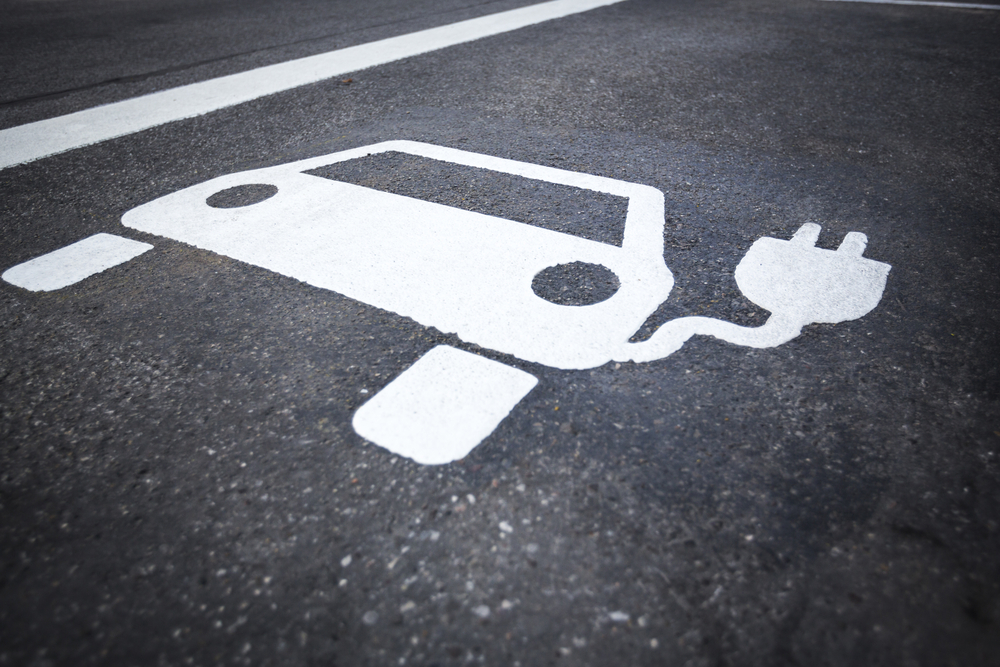The majority of people who drive know how to jump-start a car. When I purchased my first car the next thing I bought was my own jumper cables. It is incredibly important to have jumper cables in your car. The last thing you want is to have a dead battery, ask someone for help, and not even have the cables you need. In addition, if someone else needs help it is always nice if you have the cables that they may not. While the process of jump-starting the battery of a fuel dependant car is relatively straight forward, what about electric and hybrid cars?
Electric and Hybrid cars are far more complicated than a fuel-based engine. The short answer for how you restart your car is to check your owner’s manual. This is the only way to be entirely sure that you are following the right approach as depending on how your engine was constructed will it mean it needs a different approach. Let’s look at hybrid engines first.
All hybrid engines were not created equally. Depending on how the engine was made will impact how much of the performance of the car relies on electric power instead of fuel power. If your hybrid car ever runs out of petrol you may expect it to keep running on the electric power, that is why you bought a hybrid after all. However, a lot of hybrids don’t work like that. Just because your car has two power systems does not mean it uses both equally to move the car. Many hybrids rely on fuel to move the car and the electric power is used to help the combustion engine for better economy and performance. These are known as mild hybrids.
Full hybrids combine the combustion engine with at least one electric motor to power the car. Even full hybrids may not work without petrol though. Depending on the car you have will decide whether it will continue to run without petrol. Either way though, you should try to avoid it. The electric battery in a hybrid engine is far more expensive than the battery in your standard car and if you use it without petrol in the car you run the risk of damaging it. That could cost you $5,000.
For this reason, some cars have a fail-safe that will stop the car from functioning without petrol even though it has the capability to do so. It is protecting your investment. In a Lexus though, it will still function but the electric motor will soon run out of battery and die as well. If it tries to restart three times and fails you will be left with a warning light on your car that will need a special mechanic to remove. A nuisance. As a rule, we would suggest not letting your electric car run out of gas and not driving it any great distance if it does.
If your car is electric than gas is not a concern but the battery can still die. For electric vehicles, you can still jump start your car if your 12-volt battery dies. However, it is important that you read the owner’s manual as it may advise against simply attached the + and – cables to the battery itself. This may damage the car so look for the + and – indicators under the bonnet. They could have separate terminals in an electric car. If you see an orange cable, stay away from that area. It is the cable used to power high voltage components and you will damage it by restarting there.
The basic approach here is that every electric and hybrid car is different. If you take one lesson from this article it should be that you need to know your car very well in advance of this happening so take the time now to learn what you need to know.





